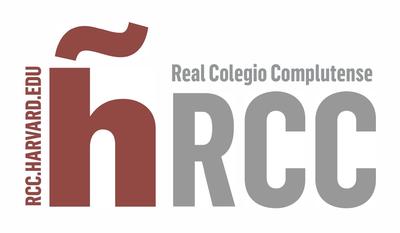Date:
Location:
Microorganisms in nature exist in two states, as free-floating or free-swimming (planktonic) and anchored-sessile forms. Biofilms are defined as highly structured communities of microorganisms that are either surface-associated or attached to one another, and are enclosed within a self-produced protective extracellular matrix. Since the first report on biofilms was published in 1943 by Zobell, a great amount of research has been carried out, principally in three broad areas: food, environmental and biomedical fields.

Biofilm formation represents a serious clinical problem, and it has been estimated that more than 65% of all human bacterial infections involve biofilms, which can be up to 1000 times more resistant to antimicrobial treatment than planktonic bacteria of the same species. The biofilm formation is considered an important virulence factor that is frequently associated with clinical infections generated by its development in various invasive and indwelling medical devices, such as central venous catheters, joint prostheses, cardiovascular devices and other inflammatory and infectious disorders, being an ongoing subject of investigation.
Speaker: María Gabriela Paraje. Visiting Fellow, Harvard John A. Paulson School of Engineering and Applied Sciences, Harvard University; Fulbright Scholar.
Sponsor: RCC
